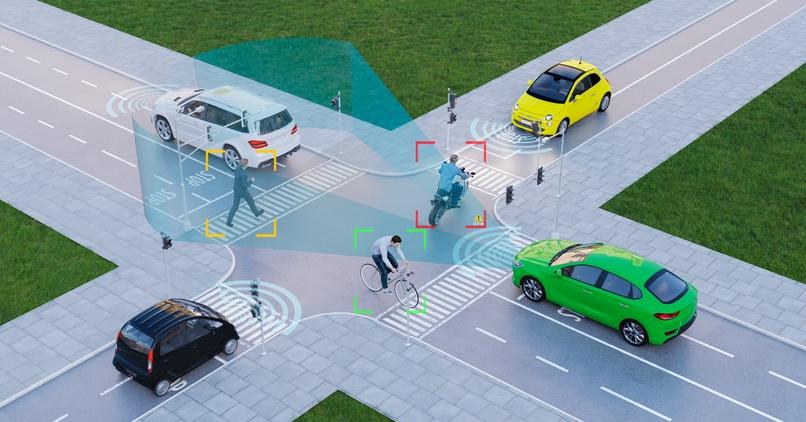Road safety is of the utmost importance for the government and there are many ways to crack down on dangerous driving to keep other road users and pedestrians safe. It is estimated that there were almost 43,000 deaths caused by motor vehicle traffic crashes last year, making it a huge killer for U.S. citizens.
New ways of controlling the number of deaths on the roads are needed and radar sensors could be the ideal solution. Radar sensors have tons of applications and offer versatility to come up with new road safety techniques.
If you’re interested in how radar sensors could be used, then this is the guide for you. Read on to discover the different ways these sensors are being used to control traffic and keep dangerous driving to a minimum.
ADAS technology
The first way radar sensors are being used to improve road safety is by fitting them to vehicles to create Advanced Driver Assistance Systems (ADAS). This is designed to detect and warn drivers of potential collisions, monitor blind spots and signal when you may be veering out of a lane.
It’s estimated that roughly one-third of new cars around the world have this technology and many of these vehicles are considered to be safer with the sensors in the vehicle’s system.
Radar sensors can improve incident management
A common cause of crashes in the United States is slow-moving traffic or stationary vehicles on roads where they should be travelling significantly faster. Unaware drivers travelling at high speeds may then struggle to slow down when they reach the traffic and rear-end the cars waiting ahead of them.
However, with the help of radar sensors, data can be processed about every lane on the road you’re travelling on, which can then trigger electronic signs warning drivers of the traffic ahead. This will give them ample time to slow down and approach the cars ahead at a safe speed.
Other road applications of radar sensors
There are plenty of other uses of sensors for road traffic incident control too. These include:
- Road section monitoring – sensors can detect the presence of a specific vehicle at two points along a road and this data can be used to measure the average speed of the driver. The police can then intervene if a driver is travelling at unsafe speeds.
- Traffic lights – the detection of cars at a set of lights by sensors can trigger the system to know that drivers are waiting for the lights to turn green.
- Street lighting – radar sensors can be used to detect when the natural light of an area is deemed to be too low. The sensor will trigger streetlights to turn on to aid drivers at night.

